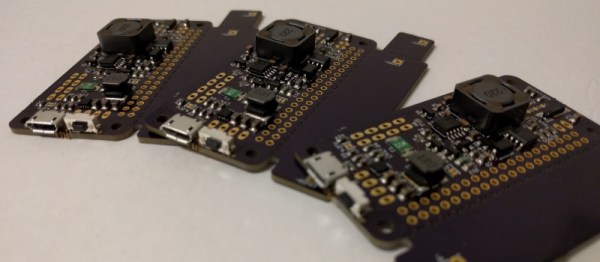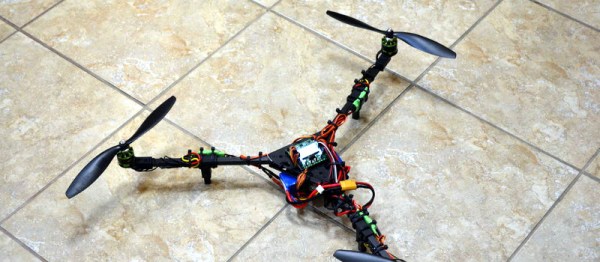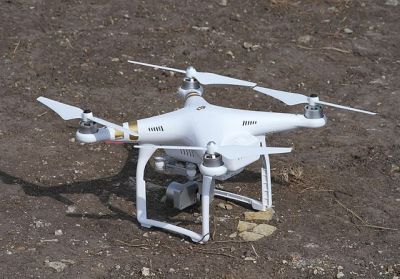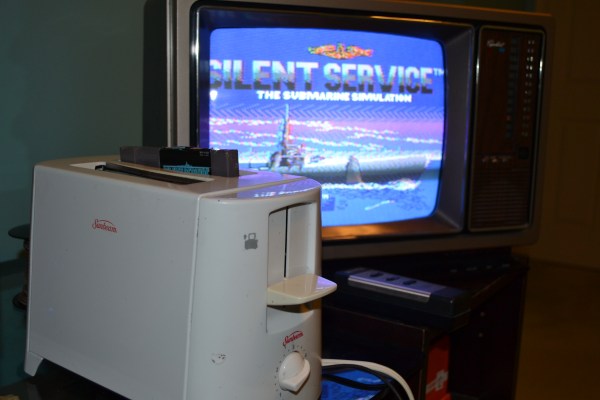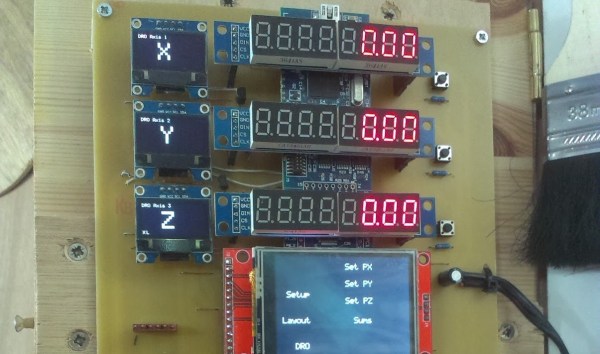There’s some interesting technology bundled into this energy harvesting wristwatch. While energy harvesting timepieces (called automatic watches) have been around for nearly 240 years, [bobricius] has used parts and methods that are more easily transferable to other projects.
Unlike early mechanical systems, this design uses the versatile BPW34 PIN photodiode (PDF warning). PIN photodiodes differ from ordinary PN diodes in that there’s a layer of undoped ‘intrinsic’ silicon separating the P and N doped layers. This reduces the utility of the diode as a rectifier, while allowing for higher quantum efficiency and switching speed.
They are typically used in the telecommunications industry, but have a number of interesting ‘off label’ applications. For example, the BPW34 can be used as a solid-state particle detector (although for detecting alpha particles you’re better off with something in a TO-5 package such as the Hamamatsu S1223-01). The fast response speed means you can send data with lasers or ambient light at high frequencies – a fun use for an LED lighting system or scrap DVD-RW laser.
Some common solar panels are essentially large PIN photodiodes. These are the brownish panels that you’ll find in a solar-powered calculator, or one of those eternally waving golden plastic neko shrines. They specifically offer excellent low-light performance, which is the basis of the energy harvesting used in this project.
Continue reading “Energy Harvesting Wristwatch Uses A Versatile Photodiode”


